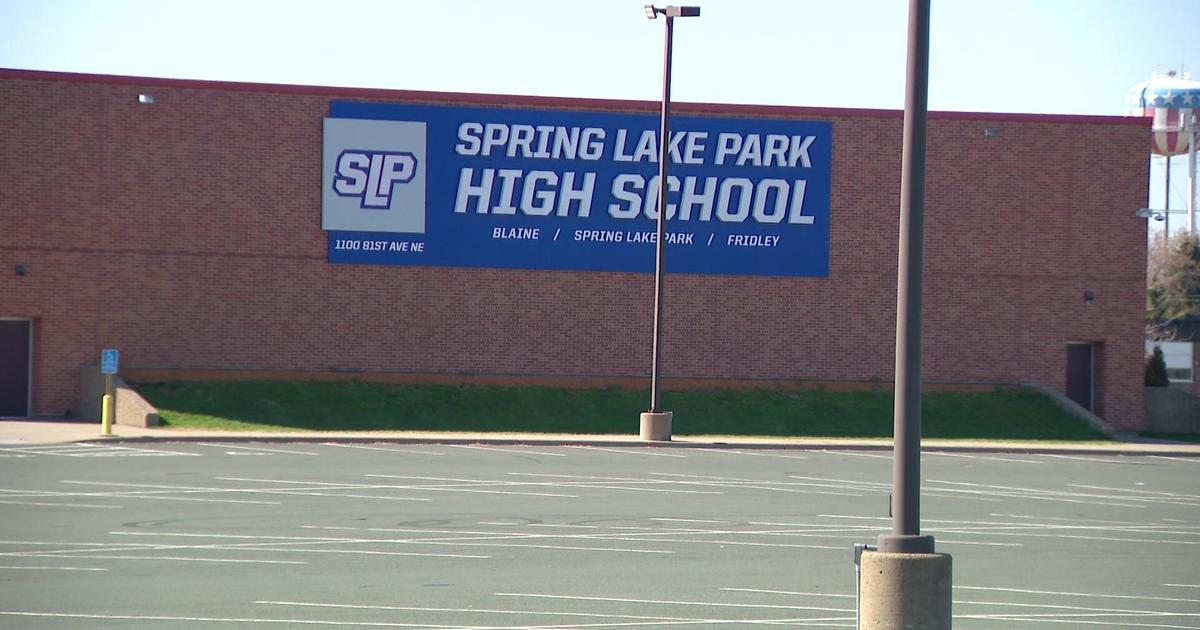GOP's Tall Order: Find 9K Votes In Minn. Gov. Race
ST. PAUL, Minn. (AP) -- Republicans in Minnesota face a tall order as they head into a likely recount in the state's unsettled governor's race -- and history suggests the odds are against them.
For now, Republican Tom Emmer is staring at an 8,700-vote deficit to Democrat Mark Dayton. The exact difference he needs to make up won't be known until the state canvassing board meets to certify tallies.
But for all the months and millions spent sorting out the state's 2008 Senate race, there was a net shift of only 787 votes in eventual winner Al Franken's favor.
While some Republican leaders still think Emmer can win, others concede a comeback will be difficult.
"The reality of dealing with a recount on a machine-based election system is you're just not going to see that much wiggle," said lawyer Fritz Knaak, who was on Republican Sen. Norm Coleman's legal team. "I hope I'm wrong."
Emmer hasn't appeared or spoken publicly in more than a day. Dayton has said he welcomes a recount as long as it's done quickly because the next governor is supposed to assume office on Jan. 3.
One measure of the tough task for Emmer emerged Thursday: State Elections Director Gary Poser said the pile of rejected absentee ballots stood at 3,021, about one-fourth the number that wound up being reviewed in the 2008 race. Poser said even the present figure could shrink.
"We also don't know if any of these 3,000 then were notified their ballot was rejected and they went and voted in person," Poser said.
Richard Hasen, an elections expert from Loyola Law School in Los Angeles, said he had never heard of a lead the size of Dayton's being overturned in a recount, barring something extraordinary.
"I can't remember anything close," he said. "To get such a large number, there either has to be some stack of ballots that were not counted, some major kind of technological failure or fraud."
The Minnesota Republican Party, which is coordinating recount strategy for Emmer, is arguing that tallies in a 2006 U.S. Senate race in Minnesota changed by 20,000 votes between Election Day and the official canvass. In fact, the shift that year among five candidates was 4,248 votes, with all candidates' totals shrinking.
Still, GOP Chairman Tony Sutton said there are enough questions with the way the election was handled to aggressively examine the process and results.
"Every election is different. Every recount is different," Sutton said. "We don't know, they don't know what will be found."
The GOP sent a blast e-mail to supporters Thursday asking if they noticed irregularities, such as unsecured ballots, machine jams or unauthorized people helping voters register or cast ballots. The party's lawyers filed public records requests with local authorities for the election machine tapes.
Dayton began organizing his recount team, which includes both political and legal veterans.
Local election officials are in the tedious stage of double-checking their math and updating voter information in a statewide database.
The state canvassing board meets on Nov. 23. An automatic recount -- if Emmer stays within half a percentage point -- won't start before then.
The 2008 recount took 47 days from start to finish, only to be followed by six more months of legal wrangling. There's reason to believe the recount will move quicker this time, although a court challenge is still a possibility.
Many of the players know the drill, from the public officials involved to the lawyers. Court fights from two years ago provide guidance. And there are about 800,000 fewer ballots to get through. Some state rules enacted after the disputed Senate race could also head off complications.
Rejected absentee ballots were a flashpoint in the Franken-Coleman race. Franken successfully petitioned to include more ballots in the final count, but he had already built a slight lead over Coleman by the time any previously rejected ballots were opened. There were an estimated 12,000 rejected ballots in that election.
Minnesota lawmakers have changed the process to give voters early warning if an absentee ballot wasn't properly cast so they could try to submit a replacement ballot.
"If they go down that road, that pool is going to be a whole lot smaller and a lot more secure," said Dave Walz, the elections director in Stearns County. He added, "The ones we rejected, I'm confident they're going to stay rejected."
Meanwhile, Gov. Tim Pawlenty said he is moving ahead with the transition to a new administration. He said he will meet separately and privately next week with Dayton and Emmer and has instructed his cabinet to work with both would-be governors.
The two-term Republican governor might have to stay in office longer if the winner isn't declared before Jan. 3.
(© Copyright 2010 The Associated Press. All Rights Reserved. This material may not be published, broadcast, rewritten or redistributed.)



